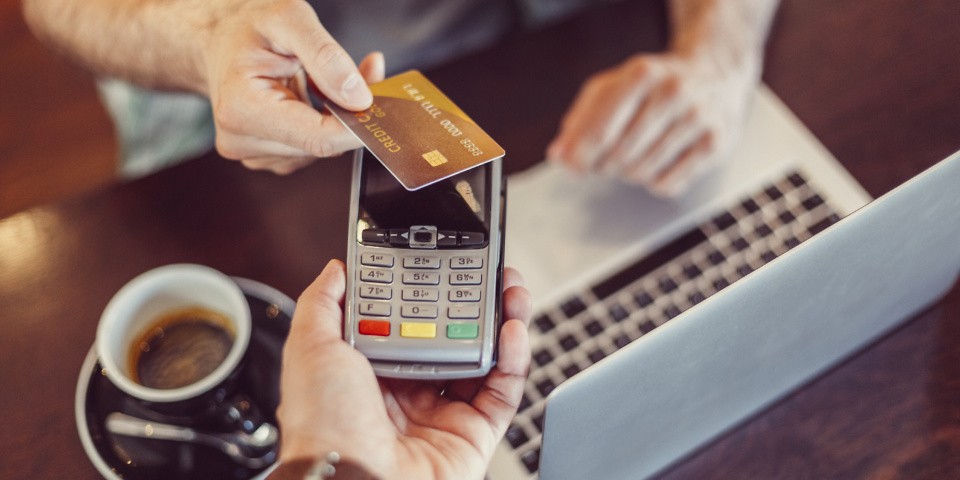In the fast-paced world of digital commerce, businesses and consumers alike seek convenient and efficient ways to manage transactions. Payment links have emerged as a powerful tool to streamline transactions, offering a simple yet effective solution for a variety of payment scenarios. This article explores the power of payment links, detailing their benefits, use cases, and the ways they are transforming the payment landscape.
What Are Payment Links?
Payment links are unique URLs generated by a business that direct customers to a secure payment gateway. These links can be sent via email, SMS, social media, or any other digital communication platform. When a customer clicks on the link, they are taken to a payment page where they can complete the transaction using their preferred payment method.
Benefits of Payment Links
1. Simplicity and Convenience
One of the primary advantages of payment links is their simplicity. They eliminate the need for complex integrations or the development of custom payment systems. Businesses can generate and send payment links with ease, while customers can complete transactions with just a few clicks. This streamlined process reduces friction and enhances the overall user experience.
2. Flexibility and Versatility
Payment links are incredibly versatile and can be used in a wide range of scenarios. Whether it’s for online sales, invoice payments, donations, or even peer-to-peer transactions, payment links offer a flexible solution that can be adapted to various business needs. They can be customized with specific amounts, descriptions, and expiry dates to suit different situations.
3. Security and Compliance
Payment links leverage secure payment gateways that comply with industry standards and regulations, such as PCI-DSS (Payment Card Industry Data Security Standard). This ensures that customer data is protected and transactions are conducted in a secure environment. Additionally, many payment link providers offer features like fraud detection and two-factor authentication to further enhance security.
4. Cost-Effectiveness
For small businesses and startups, building a comprehensive payment infrastructure can be costly and time-consuming. Payment links provide a cost-effective alternative, allowing businesses to accept payments without significant upfront investment. They also reduce the need for additional hardware or software, making them an accessible option for businesses of all sizes.
Use Cases for Payment Links
1. E-commerce and Retail
In the e-commerce sector, payment links can be used to streamline the checkout process. Instead of navigating through multiple pages, customers can receive a direct link to complete their purchase. This is particularly useful for social media sales or email marketing campaigns, where a seamless payment experience can boost conversion rates.
2. Invoicing and Billing
For service-based businesses, payment links simplify the invoicing process. Instead of waiting for checks or manual bank transfers, businesses can send clients a payment link embedded in the invoice. This accelerates the payment cycle and improves cash flow, while providing clients with a convenient way to pay.
3. Donations and Fundraising
Non-profit organizations and fundraisers can benefit from payment links by making it easy for donors to contribute. A payment link can be included in emails, social media posts, or websites, allowing supporters to donate quickly and securely. This approach can increase donation rates and support ongoing fundraising efforts.
4. Subscription Services
Subscription-based businesses can use payment links to manage recurring payments. Customers can receive a link to set up their subscription and enter their payment details. The link can also be used for one-time payments, such as initial setup fees or add-on services.
5. Peer-to-Peer Payments
Individuals can use payment links for peer-to-peer transactions, such as splitting bills or reimbursing friends. By generating a link with the specified amount, users can send it to others via messaging apps, making it easy to settle payments without exchanging cash or bank details.
Transforming the Payment Landscape
The rise of payment links is transforming the payment landscape in several ways:
1. Enhancing Customer Experience
By offering a quick and straightforward payment option, businesses can significantly enhance the customer experience. Payment links reduce the steps required to complete a transaction, minimizing the chances of cart abandonment and increasing customer satisfaction.
2. Enabling Mobile Payments
With the increasing use of mobile devices for online transactions, payment links are perfectly suited for mobile payments. They can be easily shared and accessed on smartphones, providing a seamless payment experience for mobile users.
3. Supporting Omnichannel Strategies
Payment links support omnichannel strategies by enabling payments across various platforms and communication channels. Whether a customer is shopping online, responding to an email, or engaging on social media, payment links provide a consistent and unified payment experience.
4. Facilitating Remote and Contactless Payments
In the wake of the COVID-19 pandemic, the demand for remote and contactless payment solutions has surged. Payment links offer a safe and convenient way to handle transactions without physical contact, making them ideal for businesses adapting to new operational models.
Conclusion
Payment links represent a powerful tool for streamlining transactions in the digital age. Their simplicity, versatility, and security make them an attractive option for businesses and consumers alike. As the payment landscape continues to evolve, payment links are poised to play a crucial role in facilitating seamless and efficient transactions across various industries and use cases. By leveraging the power of payment links, businesses can enhance customer experience, improve cash flow, and stay ahead in the competitive market.

